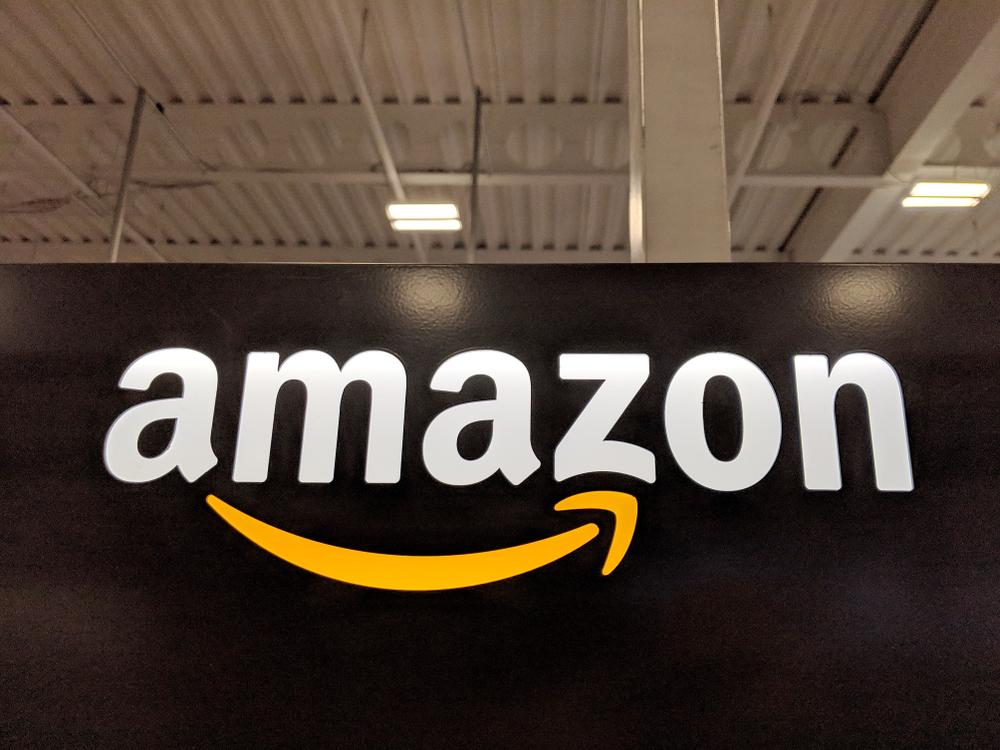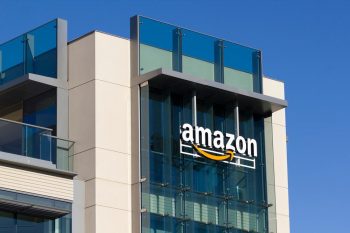
Amazon, the e-commerce giant that has revolutionized online shopping, operates a network of warehouses, also known as fulfillment centers, around the globe. But what exactly does an Amazon warehouse look like? How big is it? What kind of machinery and technology is used? How are orders processed, packed, and shipped? Let’s take a deep dive into the world of Amazon warehouses.
An Amazon warehouse, also known as a fulfillment center, is a colossal, highly automated facility that can span up to 1 million square feet. Inside, you’ll find robots moving products, conveyor belts transporting inventory, and a unique “chaotic storage” system. The process flow includes receiving, sorting, storing, processing, packing, and shipping orders. Safety measures, energy-efficient features, and various roles and responsibilities of employees are also integral components of an Amazon warehouse.
Size and Structure
An average Amazon warehouse, or fulfillment center, spans a staggering 800,000 square feet, equivalent to about 14 football fields. There are different types of warehouses, such as sortable and non-sortable fulfillment centers. The sortable fulfillment centers, which are around 800,000 square feet, can employ more than 1,500 full-time associates. In contrast, non-sortable fulfillment centers, which range in size from 600,000 to 1 million square feet, employ over 1,000 full-time associates.
Inside an Amazon Warehouse
Stepping inside an Amazon warehouse, you’ll find a bustling, highly automated environment. Here’s what you can expect:
- Robots: Amazon uses various robots, including KIVA, HERCULES, and PEGASUS, to move products and entire shelves along a grid. This approach brings the shelves to the workers, instead of the workers going to the shelves.
- Conveyor belts and elevators: These transport inventory across the building, aiding in the quick and efficient movement of products.
- Chaotic storage: Items are stored randomly rather than in a traditional, organized manner. This “chaotic storage” system allows Amazon to store twice as many goods and fill empty spaces immediately.
- Inbound and outbound docks: At the inbound dock, products are unloaded and sorted. At the outbound dock, employees pack trucks with Amazon boxes for shipping.
- Energy-efficient features: Some Amazon warehouses, like the LGA9 facility, generate over one-fifth of their own energy from solar panels on the roof.
Machinery and Technology
Amazon warehouses use a range of machinery and technology to improve efficiency and safety. Key technologies include automated labeling and packaging systems, powered industrial trucks (PIT) equipment like forklifts and reach trucks, and AI and machine learning to optimize warehouse processes.
Receiving, Sorting, and Storing Products
New products arriving at the warehouse go through several steps: They are received and unloaded, inspected for accuracy, sorted based on various parameters, and then stored in their appropriate locations in a process known as putaway.
Safety Measures and Protocols
Amazon implements various safety measures and protocols in its warehouses, such as regular safety discussions, ergonomic design, robotics to relieve strain on employees, and emergency response plans for various scenarios.
Processing, Packing, and Shipping Orders
The order processing flow in an Amazon warehouse begins with receiving the order, followed by picking the items, packing them into appropriate boxes or packages, shipping the packed orders to a transportation channel, and finally, generating and sending the order tracking information to the customer.
Roles and Responsibilities of Amazon Warehouse Employees
Amazon warehouse employees have various roles and responsibilities, depending on their specific job titles. Common positions include Fulfillment Center Associate, Delivery Station Warehouse Associate, and Sortation Center Warehouse Associate, with tasks ranging from receiving and putting away inventory, preparing customer orders, loading boxes onto trucks, and more.
In conclusion, an Amazon warehouse is a massive, highly automated facility designed for maximum efficiency. Through the use of advanced technology, innovative storage systems, and stringent safety measures, these warehouses ensure that the millions of products ordered by Amazon customers are delivered quickly and accurately.
Frequently Asked Questions
What is KIVA, HERCULES, and PEGASUS that are used in Amazon warehouses?
KIVA, HERCULES, and PEGASUS are types of robots used in Amazon warehouses. KIVA robots are used to move shelves and products to workers. HERCULES is an automated pallet mover, and PEGASUS sorts packages for delivery.
What is the “chaotic storage” system in Amazon warehouses?
The “chaotic storage” system is a unique approach used by Amazon where items are stored randomly, not in any specific order. This system allows Amazon to store more goods and fill empty spaces immediately, increasing efficiency.
What does a Fulfillment Center Associate do in an Amazon warehouse?
A Fulfillment Center Associate performs a variety of tasks, including receiving and putting away inventory, picking and packing customer orders, and loading boxes onto trucks for shipment.
What kind of safety measures does Amazon implement in its warehouses?
Amazon implements a variety of safety measures in its warehouses, including regular safety discussions, ergonomic design of workspaces, use of robotics to relieve physical strain on employees, and comprehensive emergency response plans.
How does Amazon optimize warehouse processes using AI and machine learning?
Amazon uses AI and machine learning to analyze data and optimize various warehouse processes. For instance, machine learning algorithms can predict the demand for certain products, enabling efficient inventory management. AI can also improve the routing of robots and workers, reducing the time and effort required to process orders.
How does an order processing flow work in an Amazon warehouse?
The order processing flow in an Amazon warehouse involves several steps: receiving the order, picking the items from the shelves, packing them into appropriate boxes or packages, shipping the packed orders to a transportation channel, and finally, generating and sending the order tracking information to the customer.










